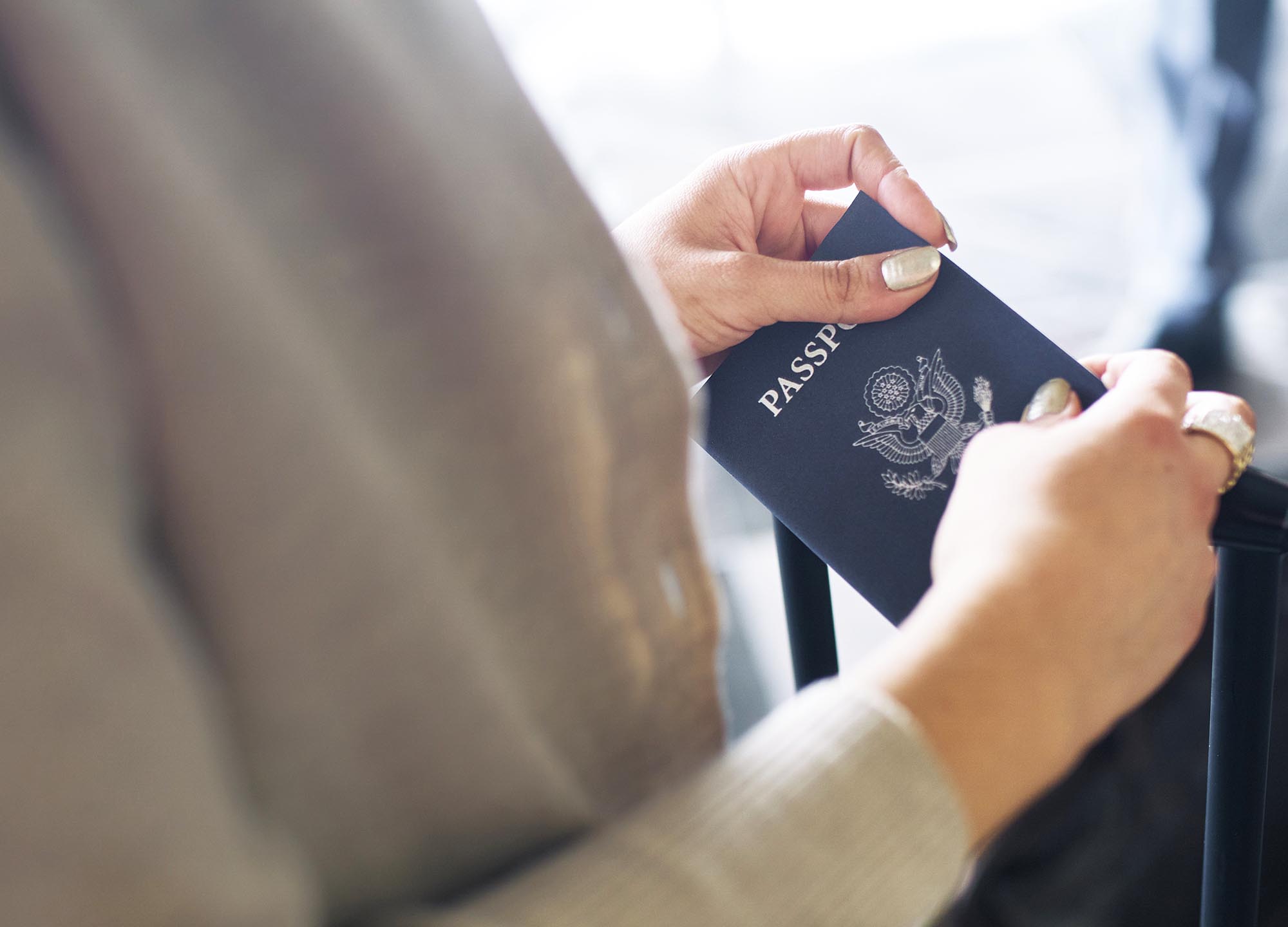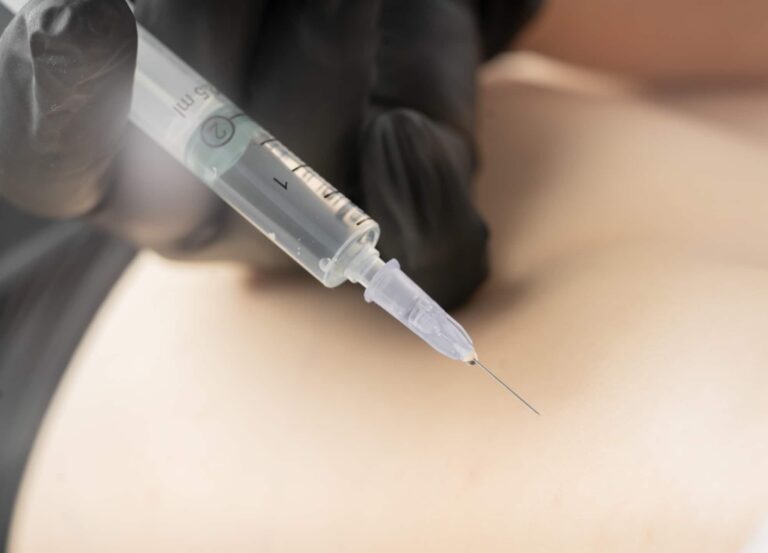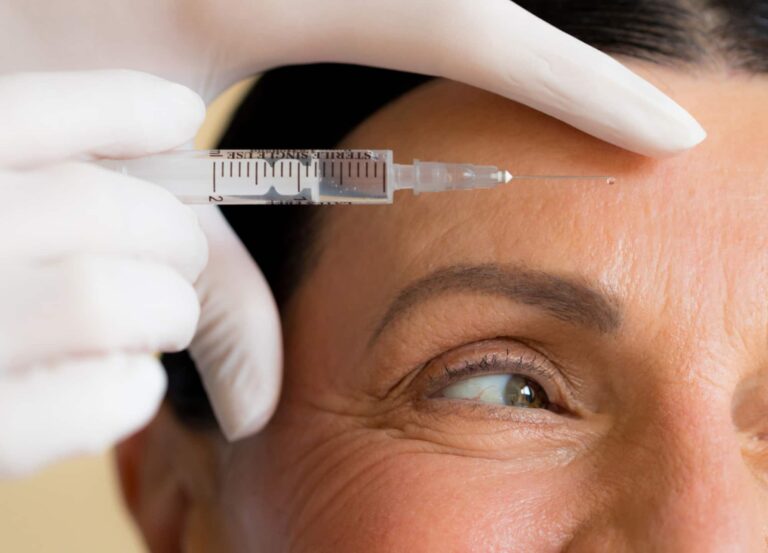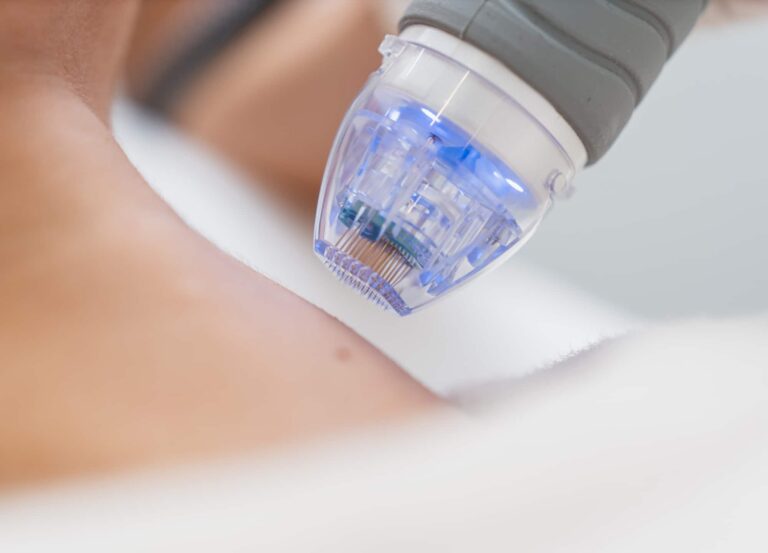When it comes to successful plastic surgery, nothing is more important than choosing the right (board-certified, of course) surgeon. And judging from the number of surgeons who offer “fly-in” programs or international plastic surgery packages, quite often that can mean traveling near or far—to another city, state, or even country—for cosmetic enhancement.
Much of the planning for an out-of-town surgery goes into the details of getting where you’re going and where you’ll stay while you recover. But just as important is how to safely get home after your surgery. “It’s okay to travel to have your surgery, but you have to do your part for a successful outcome,” says Dr. Melinda Haws, a board-certified plastic surgeon in Nashville, Tennessee. That includes taking certain precautions for your trip home. Here, plastic surgeons share their tips for safe travels.
Don’t rush back home
Find out in advance how long your plastic surgeon needs you to stay in town after your procedure. This can vary greatly, depending on what procedure you’ve having, any risk factors you have for complications, how well you heal, and if you need to fly to get home or are within relatively easy driving distance.
Every surgeon has their own postoperative protocol. For instance, many surgeons on RealSelf give breast augmentation patients the all-clear to travel a few days after surgery but are far more conservative when it comes to bigger procedures. “I typically want [someone getting] a tummy tuck or bigger procedure—like a mommy makeover—to stay in town for two to three weeks, if they have to fly,” says Dr. Haws. “A general anesthetic increases your risk of pulmonary emboli—blood clots—and so does an airline flight. It’s simply too dangerous to fly before two weeks.”
Another reason to stay put (beyond the obvious one of allowing plenty of time to rest and recover) is the risk of post-op complications, such as bleeds, infection, or wound problems: if a complication occurs, you want to easily be able to get your surgeon for evaluation. “Most postoperative complications occur within the first two weeks,” says Dr. Haws. “After that time, complications become much more rare and it’s typically safe to go home.” For someone having a local anesthetic procedure with low risk for problems, like an implant removal or a labiaplasty, she says, traveling home sooner is usually an option. Even in that case though, options for routine and urgent follow-up should be discussed.
Do enlist a travel companion
Many people who travel for plastic surgery come with a family member or friend, and that’s wise, says Dr. Ozge Ergun, a board-certified plastic surgeon in Istanbul, Turkey. “Staying indoors after surgery can be kind of depressing,” he explains. “Having someone with you is comforting and gives you a boost.”
The need for a travel buddy goes beyond your emotional well-being. “You won’t be able to do this solo,” says Dr. Haws. “Someone will need to be with you, for physical support and transport to and from your surgery” as well as to accompany you on the final leg of your journey. Trying to manage on your own can ruin the results of your surgery or open the door to complications.
If you must travel solo, taking advantage of special assistance at the airport can help ensure a comfortable and stress-free trip, says Dr. Ergun. That includes avoiding accidental trauma like the jostling that’s common in airports and on airplanes.
Depending on the type of surgery you’ve had, you may want to:
- Order a wheelchair. Airlines don’t charge for this service, but a small tip is suggested.
- Ask the gate agent if you can board early.
- Request help with your luggage. Most surgeons restrict lifting to less than 5–15 pounds, depending on the procedure, for at least three to four weeks after surgery. Even if you have a roller bag, you’ll likely need a hand with it.
Do keep blood clots at bay
Both traveling and surgery increase the risk of blood clots, also known as deep venous thrombosis or DVT. Blood clots can form in your legs when long periods of inactivity—like that associated with traveling by plane or car—allow the blood to pool or to thicken. If a clot forms, it can also break free and travel to the heart or lungs and cause serious injury or even death.
One way to avoid blood clots is to wear compression socks, which fit tightly, particularly at the ankle, and apply gentle pressure to keep blood moving. Many plastic surgeons recommend wearing compression socks for up to two weeks (or until you’re fully active) after some surgeries—like a tummy tuck, liposuction, or Brazilian butt lift (BBL)—to help reduce swelling. If you’re going to be flying or driving, especially long distances, the circulation boost you get from compression socks can make the trip more comfortable and reduce the risk of this real post-op concern.
Do get on your feet
While you don’t want to overexert yourself, walking around gets your blood moving. This not only reduces the possibility of blood clots, it can help you recover quicker.
When flying, plan to get up and move around the plane at least once an hour. If being driven home, stop every 90–120 minutes in order to walk around.
If you’re not able to walk, even bending and straightening your legs and moving your ankles can help to improve circulation and prevent blood clots.
Don’t get dehydrated
“Hydration is important after surgery because you’ve lost blood, so your blood is going to get thicker. This makes it more prone to forming clots,” explains Dr. Rafael Arenas, a board-certified plastic surgeon in Guadalajara, Mexico. In addition to increasing the risk of blood clots, dehydration impairs wound healing: Water is a major component of blood, which carries the oxygen and nutrients necessary for wound healing. To stay properly hydrated, Dr. Arenas recommends drinking at least 1.5–2 liters (six to eight cups) of water a day.
Do make yourself comfortable
Even in first or business class, airplane travel can be confining—and your post-op condition (you may still have healing incisions and be bruised or swollen) can make being scrunched in that cramped seat for hours (or enduring a bumpy car ride) all the more uncomfortable.
To minimize discomfort, plan ahead:
- Choose the best seat. An aisle seat will make it easier to get up so you can stretch and move around during the flight. A bulkhead seat or exit row seat will give you extra leg room to stretch your legs and make you more comfortable.
- Have some pillows or blankets on hand so you can prop yourself up and protect any vulnerable areas. If you’ve had a BBL, ask your surgeon for instructions on what type of pillow you should sit on while traveling.
- Dress strategically. Soft, breathable clothing will help you feel more relaxed and comfortable. Loose clothing is also a plus while you recover. You’ll want to wear elastic-waist or drawstring pants and zip- or button-up tops that can easily slip over compression garments and bandages.
- Remember to pack your pain medication. Analgesics like nonsteroidal anti-inflammatory drugs (NSAIDs, like ibuprofen) help control post-op pain and lead to faster healing.











